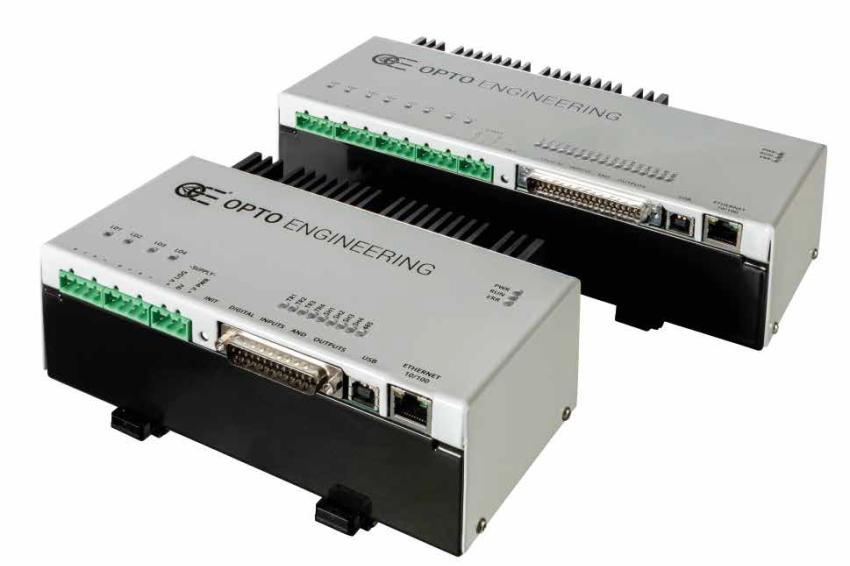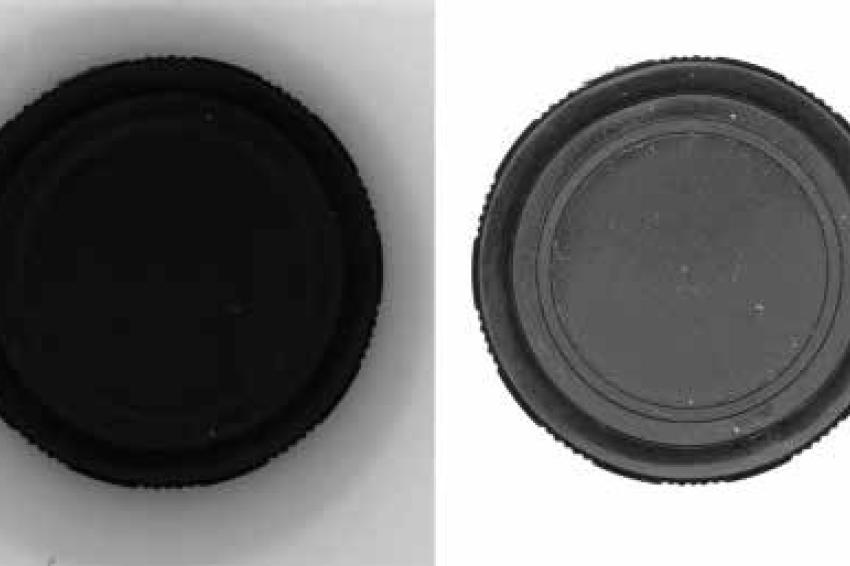The Importance of Strobe Lighting Operation and LED Strobe Controllers for Machine Vision
LED strobe controllers allow machine vision engineers to achieve consistent light levels which are paramount to guarantee repeatable results.
Most of the machine vision lighting products available nowadays are LED based. LEDs are in fact the ideal light source for machine vision applications: they can be switched on and off in sequence, turning them on only when necessary. Additionally, LEDs can be overdriven, i. e. they can emit more light only for a limited amount of time, which is usually necessary whenever the application requires an increased amount of light to image fast moving objects without motion blur.
Furthermore, overdriving has many advantages, including the following:
- Eliminate the influence of ambient light
- Preserve the LED lifetime
- Synchronize the on time of the light with the camera and the item to be inspected
- Reduce the power consumption of the whole vision system
- Decrease heat dissipation (no heatsinks or fans required).
When inspecting fast moving parts, typical conditions include cameras set at short exposure times (to avoid motion blur) and optics set at high F/N. However, such conditions may lead to images that are too dark to be processed by machine vision algorithms. To get more light it is possible to either increase the camera gain or to lower the lens F/N. The first option will result in higher noise levels while the second will decrease the depth of field: both ways, therefore, will result in an image where fewer details can be distinguished.
In many cases it is possible to avoid this issue by increasing the amount of light. For this reason, Opto Engineering offers a wide range of LED lights designed to work in overdrive mode, specifically suitable for high speed applications, including high uniformity LED backlights available in many formats and wavelenghts (LTBP series), dome illuminators (LTDM series), low angle ringlights (LTLA series) and powerful LED pattern projectors (LTPRUP series).
When pulsing LEDs in high demanding applications it is, of course, essential to synchronize the on time of the light with the cameras and manage the timing in the most precise and repeatable way by controlling the pulse duration, frequency and amount of current supplied to the LED: a LED strobe controller is required to do this, allowing machine vision engineers to achieve consistent light levels which are paramount to guarantee repeatable results.
Opto Engineering offers LED controllers with up to eight channels either with Ethernet and/or RS485 interfaces designed to accurately set current intensity, pulse duration and delay of LED illuminators (in steps a slow as 1 µs). The communication protocol is Modbus. In addition to a number of opto-isolated synchronization inputs, Opto Engineering high-performance controllers feature several synchronization outputs that allow the controller to be used as a master to the camera or to directly control an actuator on the line.
Contact
Opto Engineering
St. Circonvallazione Sud, 15
46100 Mantova, Italy
Italy
+39 0376 699 111
+39 0376 158 12 42








